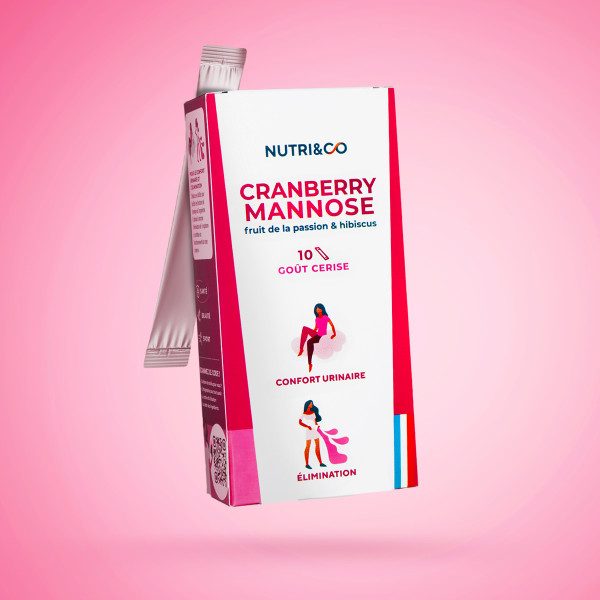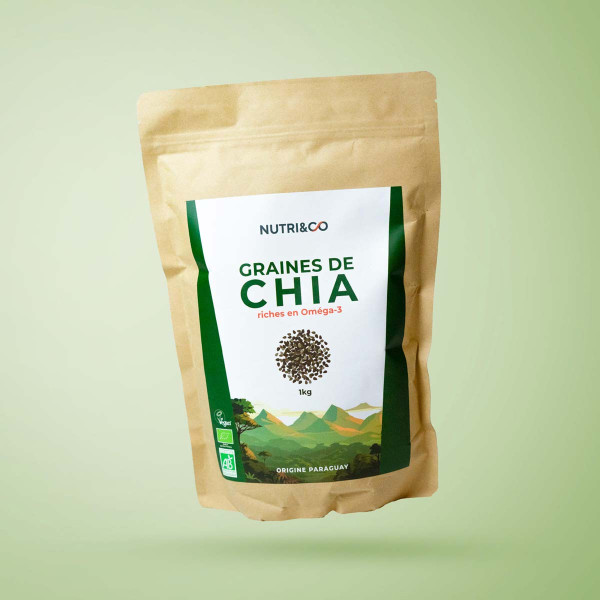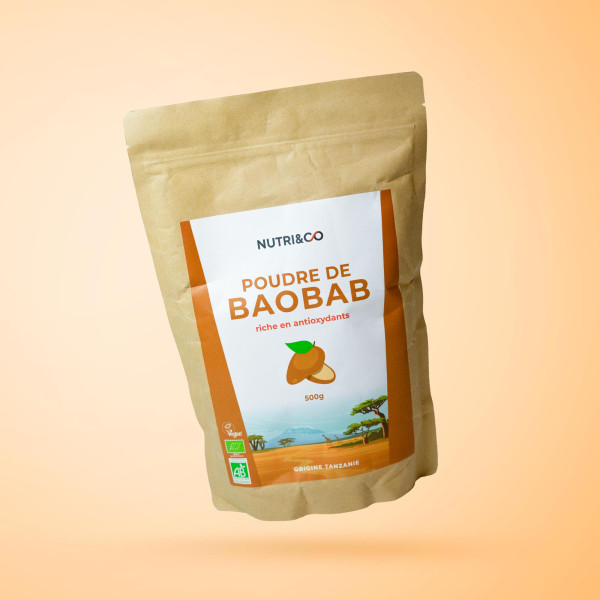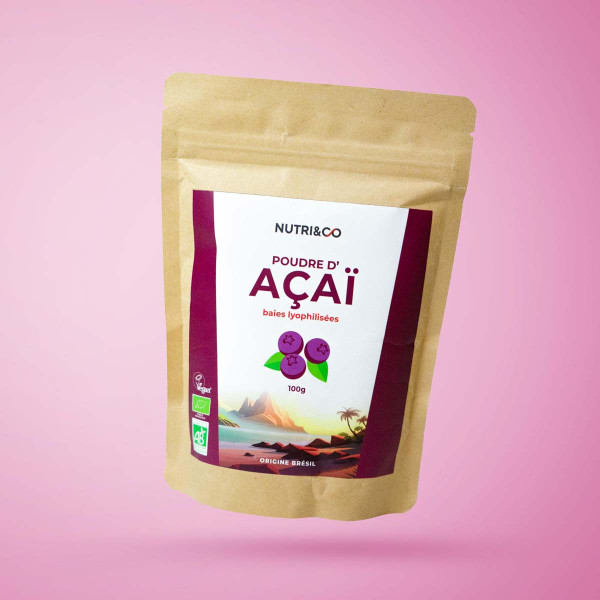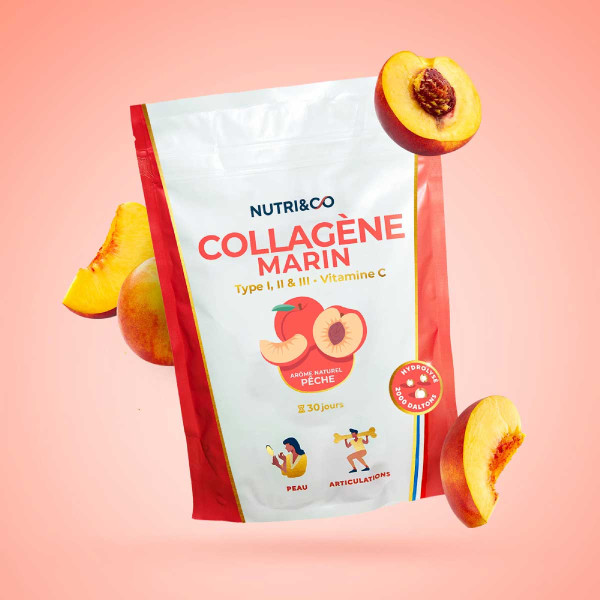
Skin & Articulations
Collagen
Price€30.90
1810 avis
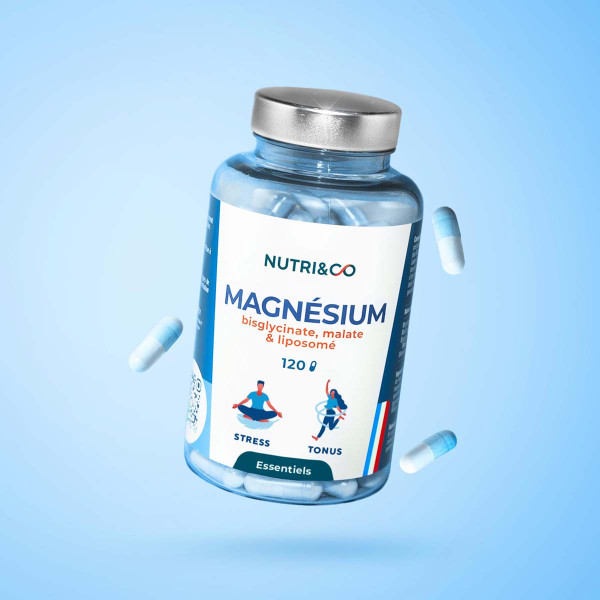
Stress & Toning
Magnesium
À partir dePrice€14.90
1160 avis
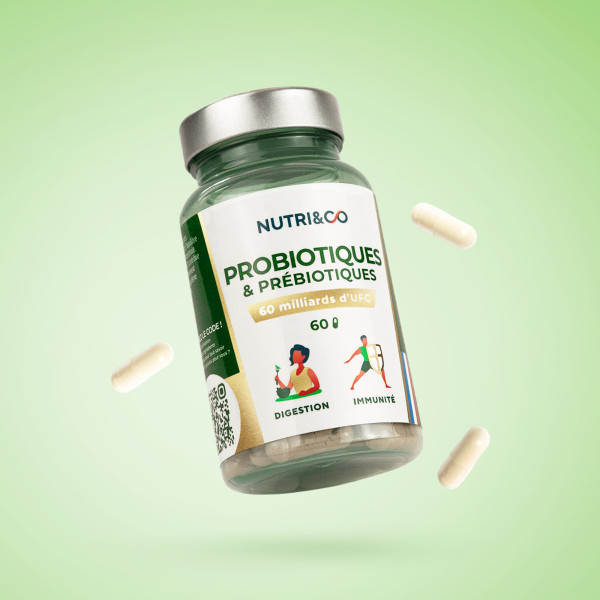
Digestion & Immunity
Probio²
Price€27.90
887 avis
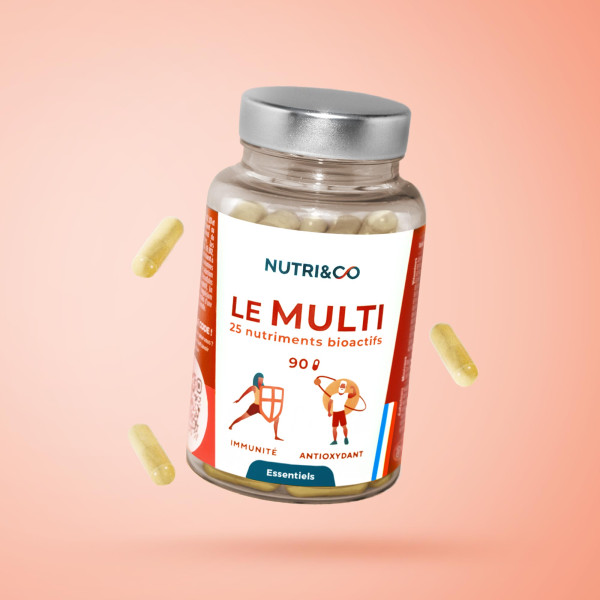
Immunity & Antioxidant
Multi
À partir dePrice€19.90
716 avis
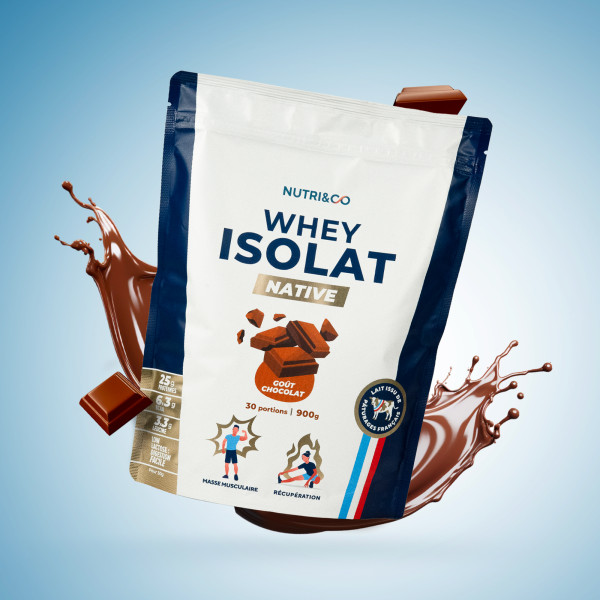
Native whey isolate
Price€49.90
633 avis
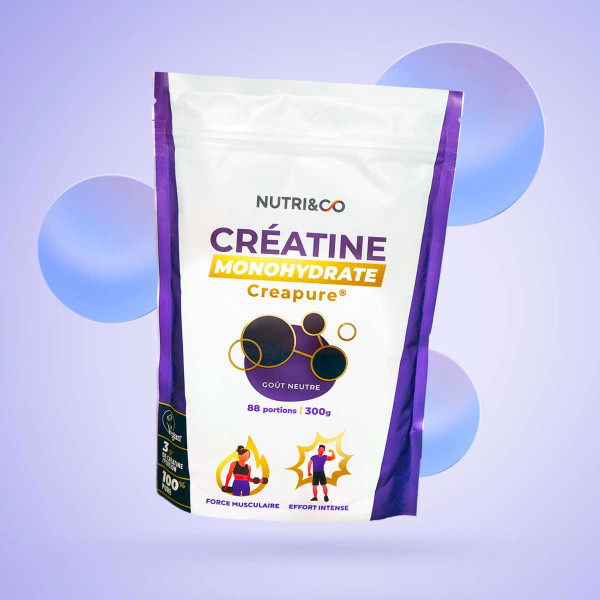
Creatine
Price€29.90
151 avis
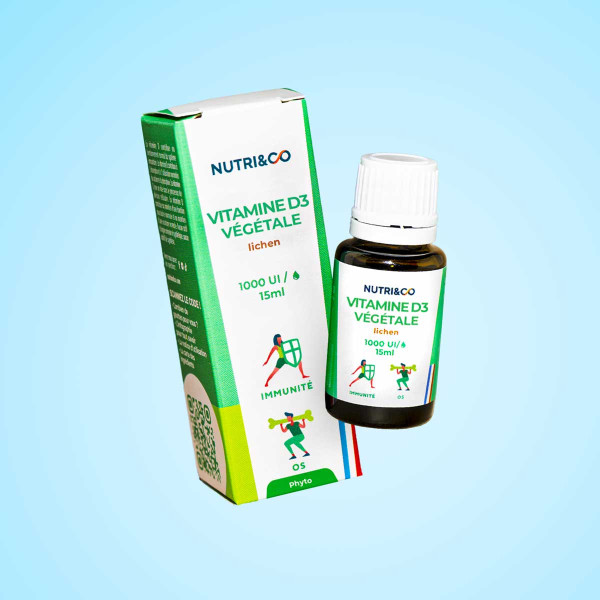
Bone & Immunity
Vegetable Vitamin D
Price€19.90
450 avis

Bone & Immunity
Animal Vitamin D
Price€11.90
450 avis

Protein bars x12
Regular price€39.60Price€34.90
110 avis
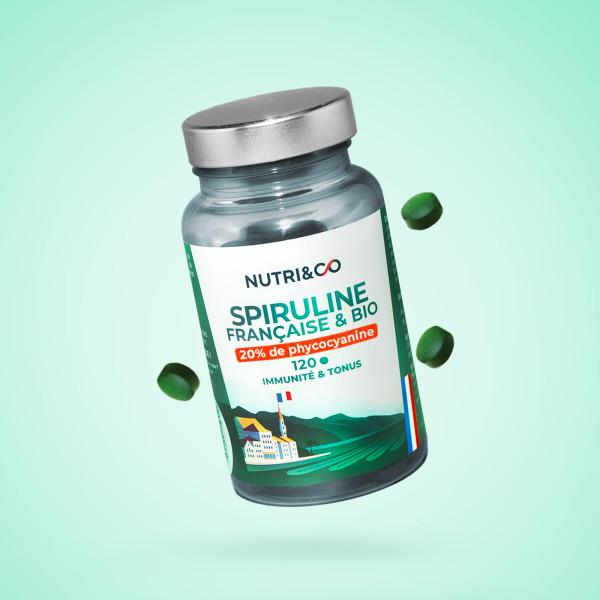
Immunity & Toning
Organic Spirulina
Price€19.90
398 avis
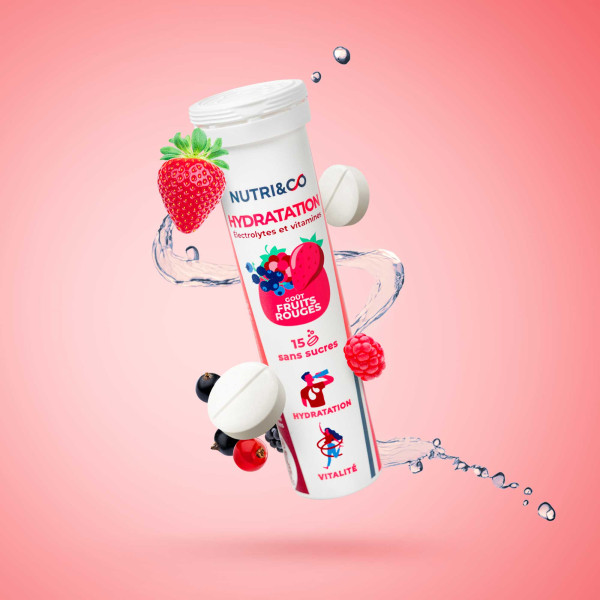
Endurance & Récupération
Hydration
Price€9.90
47 avis
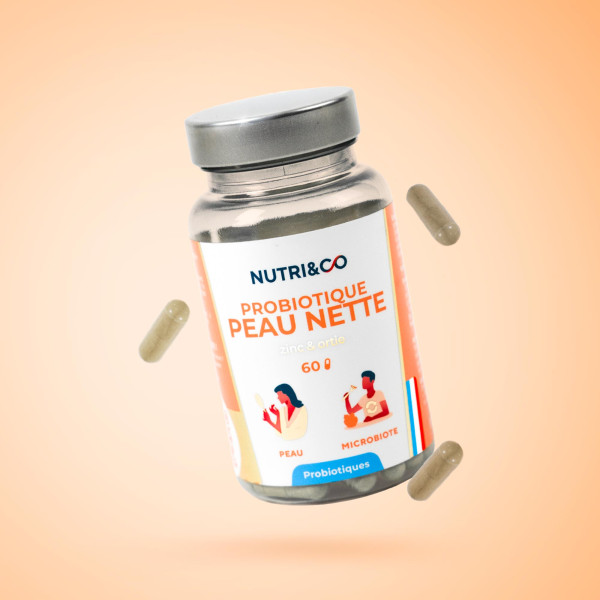
Imperfections & Redness
Clear Skin Complex
Price€19.90
887 avis
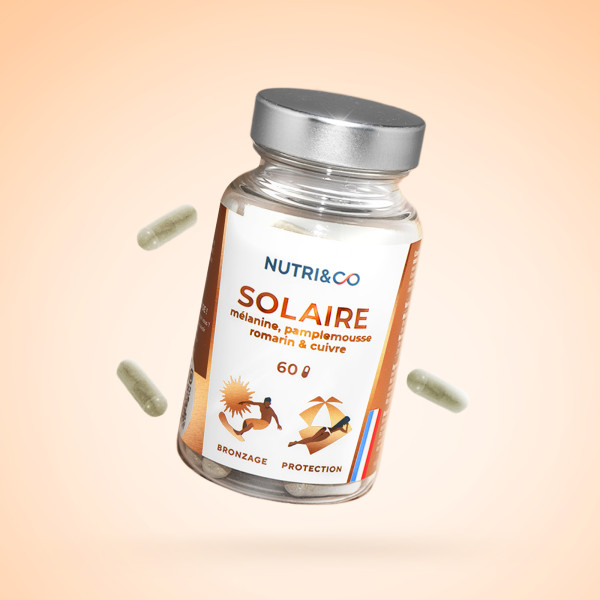
Tanning & Protection
Solar
Price€29.90
124 avis
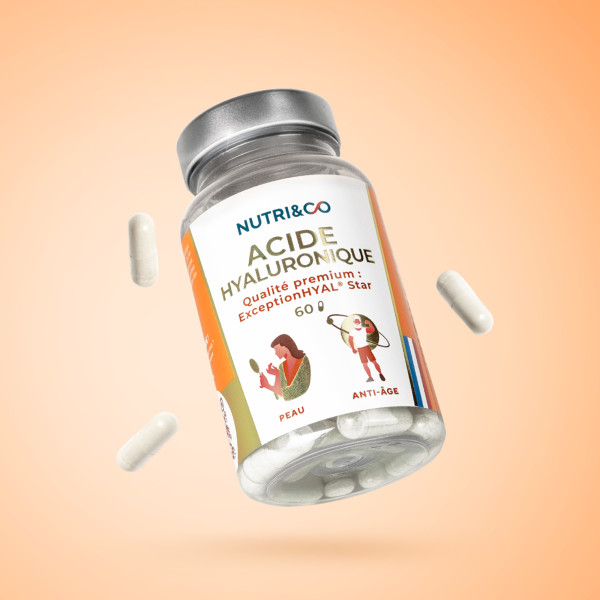
Skin & Anti-Aging
Hyaluronic Acid
Price€24.90
346 avis
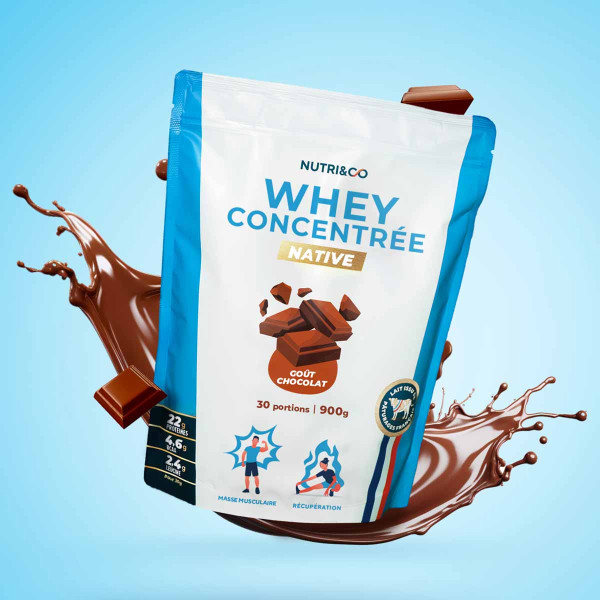
Whey Concentrée Native
Price€36.90
633 avis
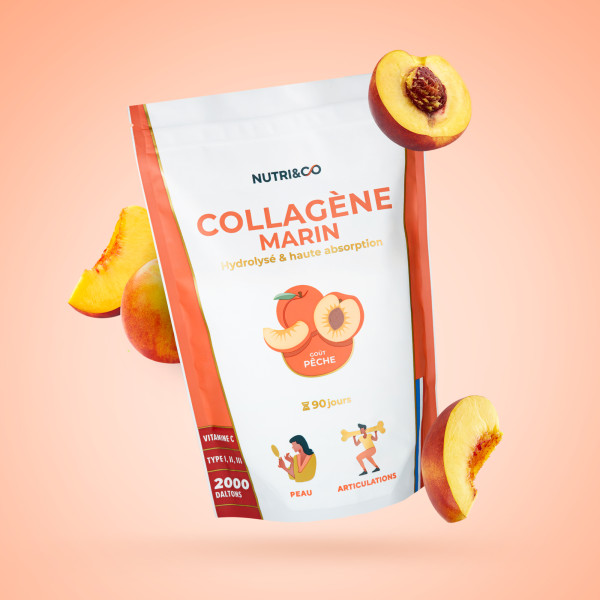
Skin & Articulations
Collagen - 540g
Regular price€92.70Price€75.90
1810 avis
- Remise exceptionnelle -18%
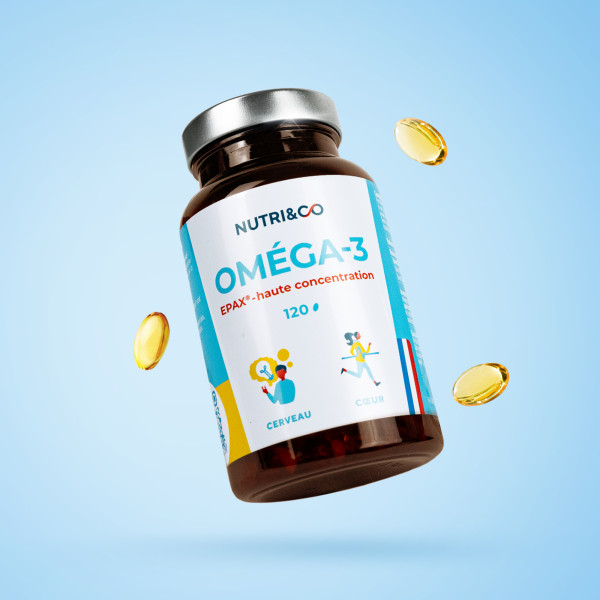
Brain & Heart
Omega-3
À partir dePrice€14.90
687 avis
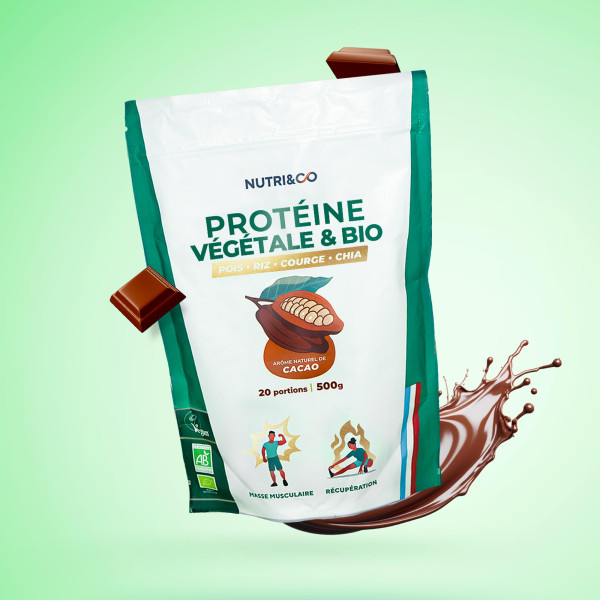
Alternative & Energy
Organic and Vegan Protein
Price€29.90
255 avis

Synthèse protéique & Métabolisme
BCAA 4.1.1
Price€27.90
162 avis
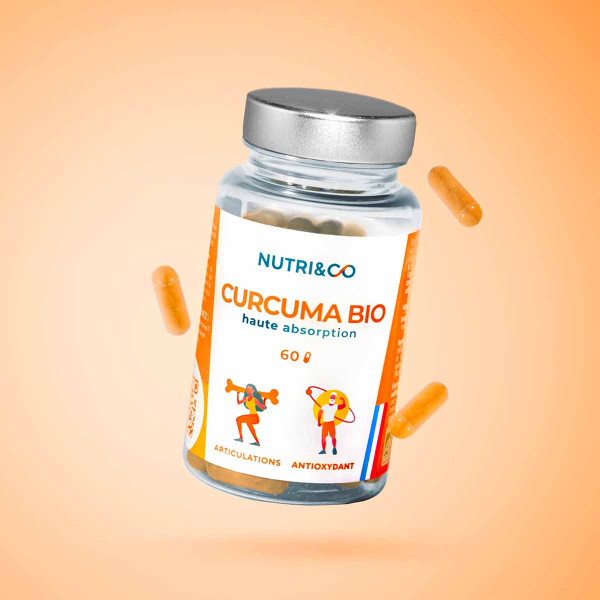
Articulations & Antioxidant
Organic Turmeric
Price€19.90
361 avis
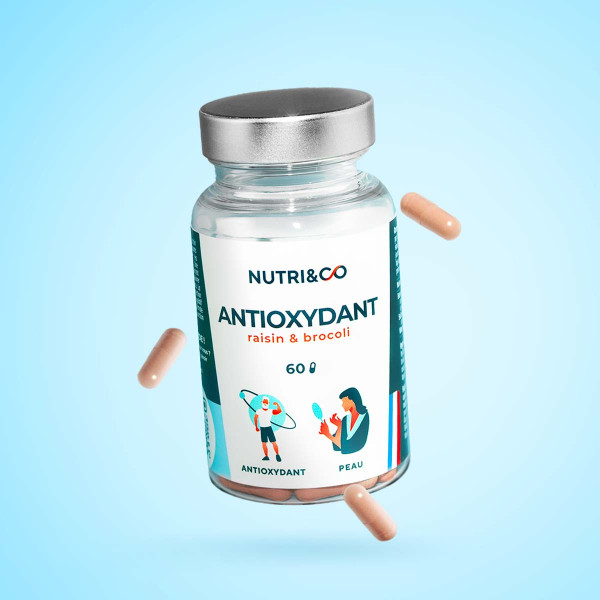
Antioxidant & Skin
Antioxidant
Price€27.90
159 avis

Sleep & Jet lag
Melatonin
Price€13.90
185 avis
- Nouveau format
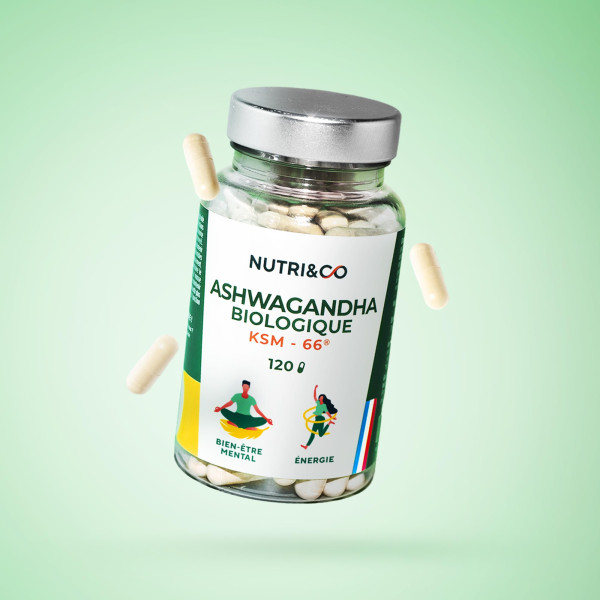
Slimming Digestion
Organic Ashwagandha
Price€20.90
109 avis
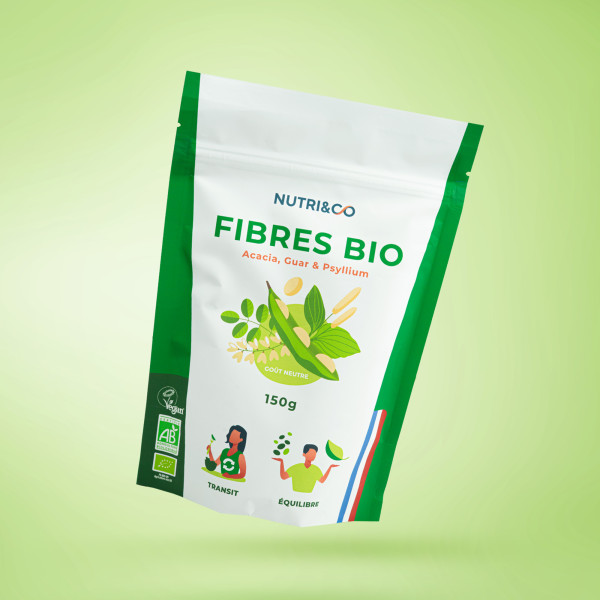
Irritable bowel & Low-FODMAP
Organic Fibers
Price€19.90
103 avis
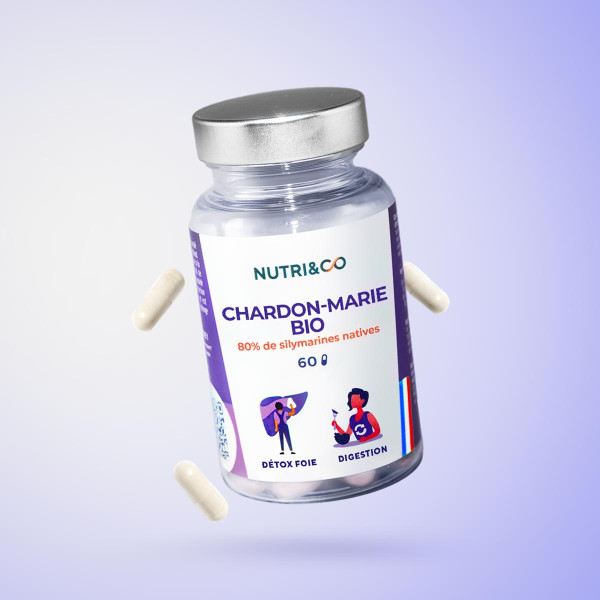
Liver Detox & Drainage
Chardon-Marie
Price€19.90
98 avis
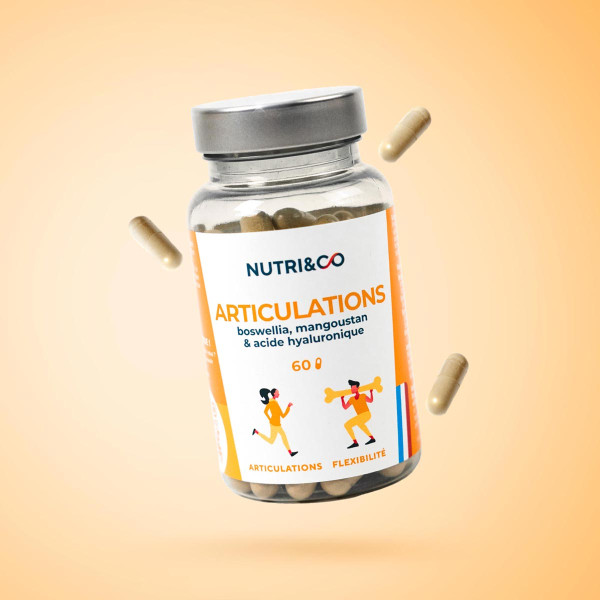
Flexibility & Joints
Joint Formula
Price€29.90
133 avis
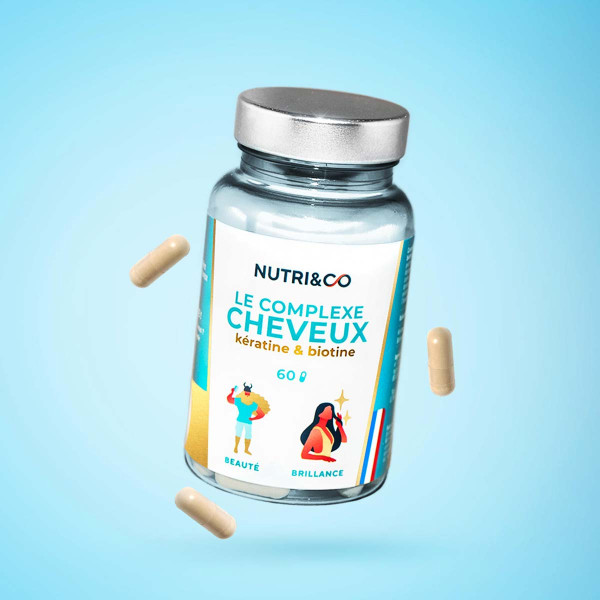
Hair & Skin
Hair Complex
Price€26.90
242 avis
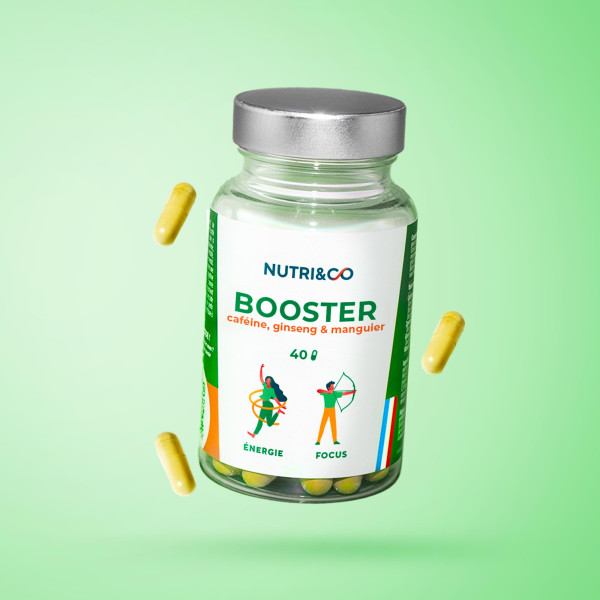
Energy & Focus
Booster
Price€24.90
78 avis
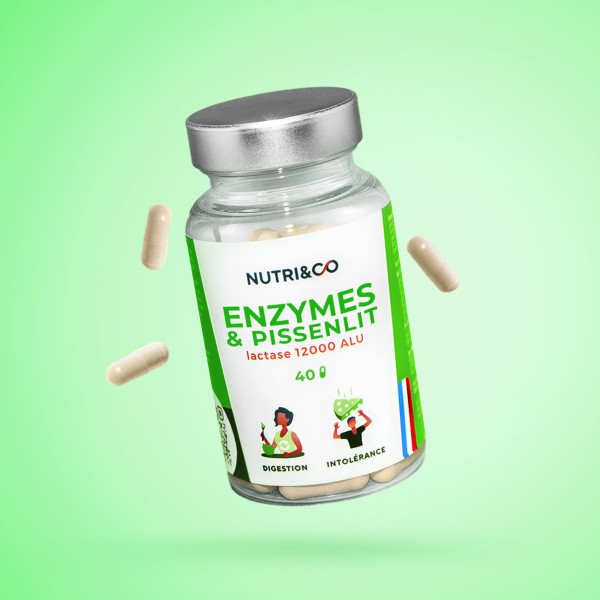
Digestion & Intolerance
Enzymes & Dandelion
Price€19.90
86 avis
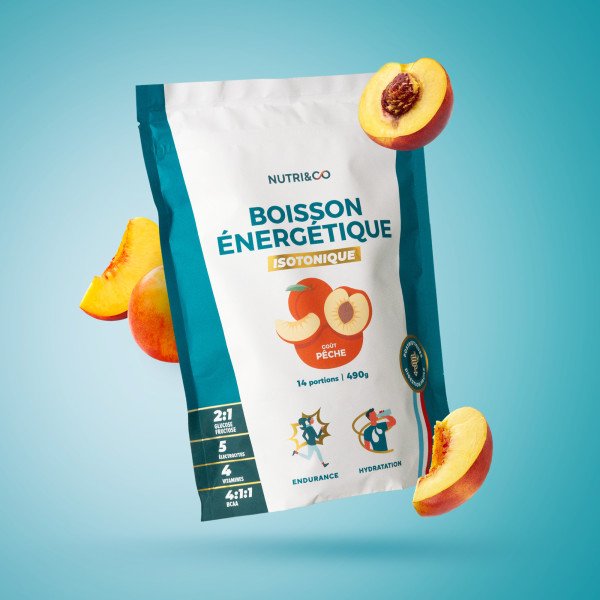
Isotonic energy drink
Price€20.90
17 avis

Pre-Workout
Price€39.90
54 avis
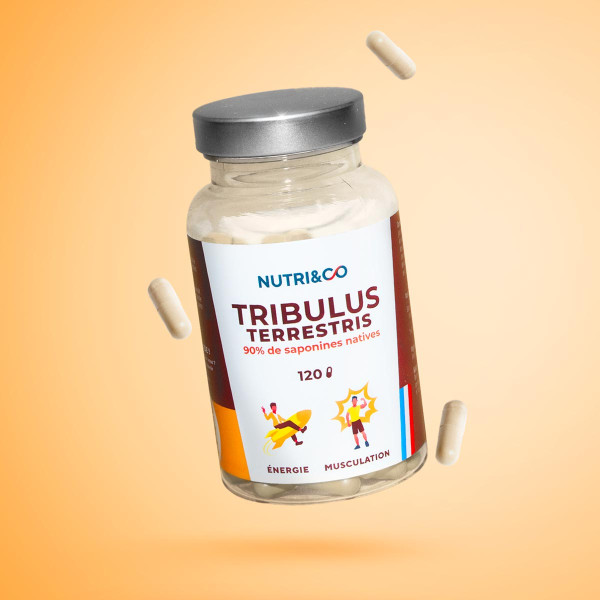
Tribulus terrestris
Price€19.90
18 avis
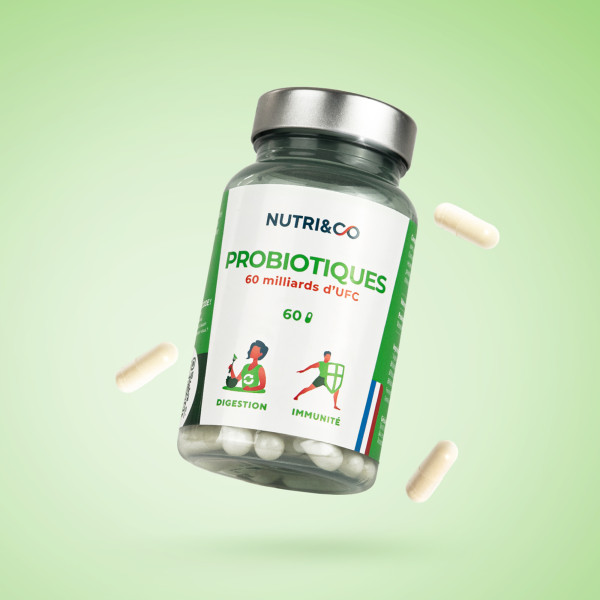
Skin & Immunity
Probiotiques
Price€19.90
887 avis
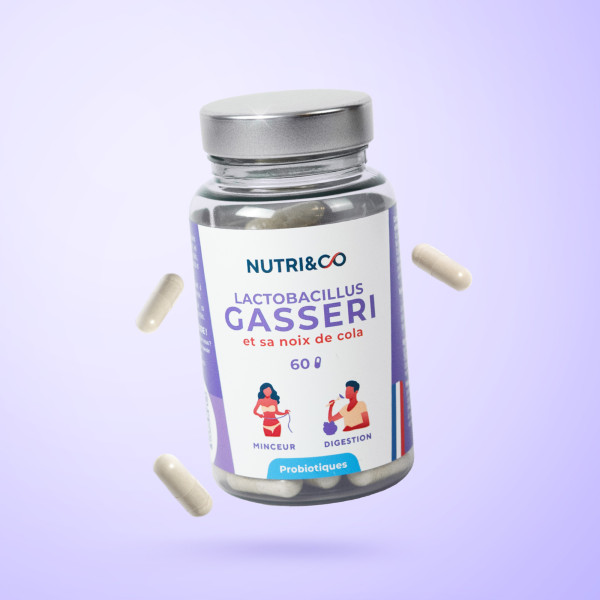
Slimming Digestion
Lactobacillus Gasseri
Price€19.90
887 avis
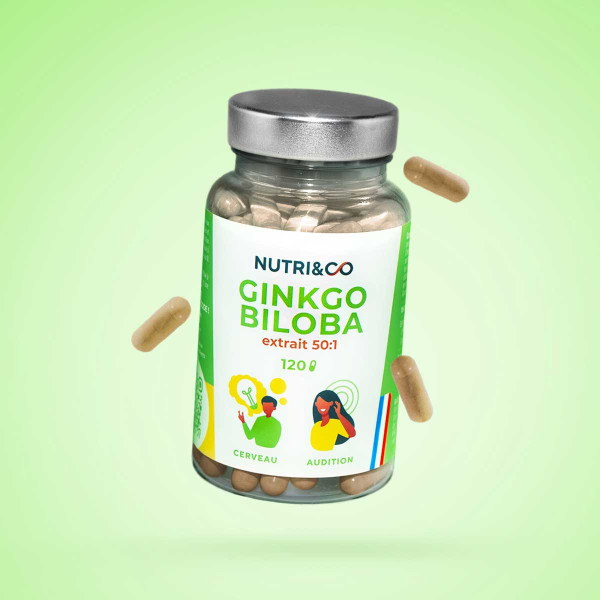
Ginkgo Biloba
Price€19.90
18 avis
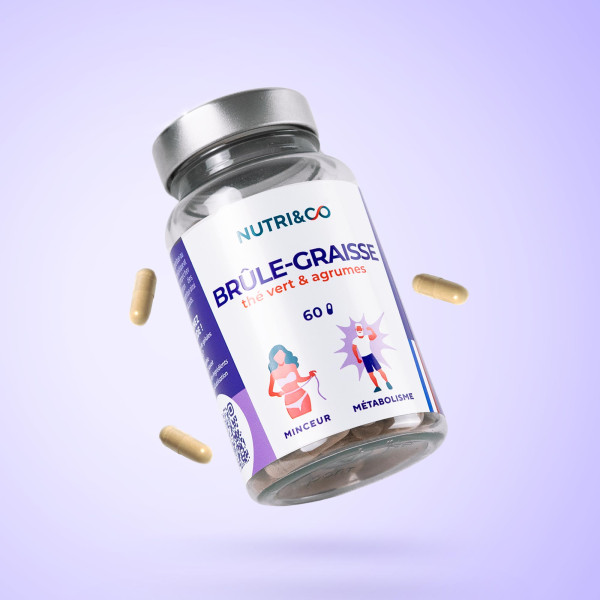
Slimming Digestion
Fat burner
Price€34.90
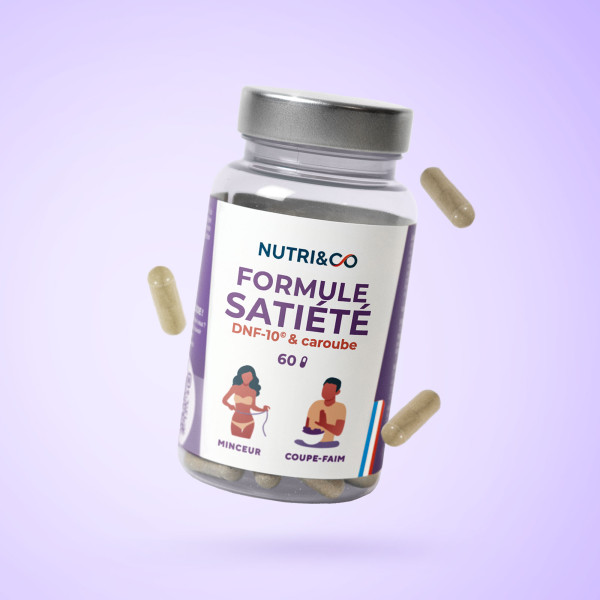
Slimming Digestion
Appetite suppressant
Price€34.90
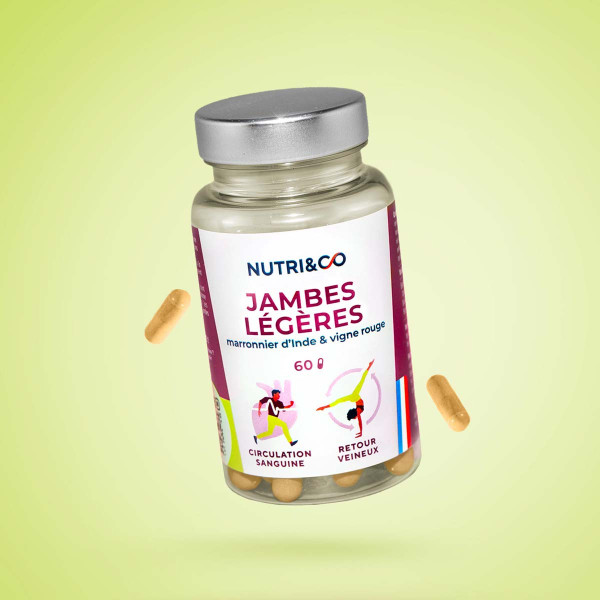
Circulation & Retour veineux
Jambes légères
Price€19.90
26 avis
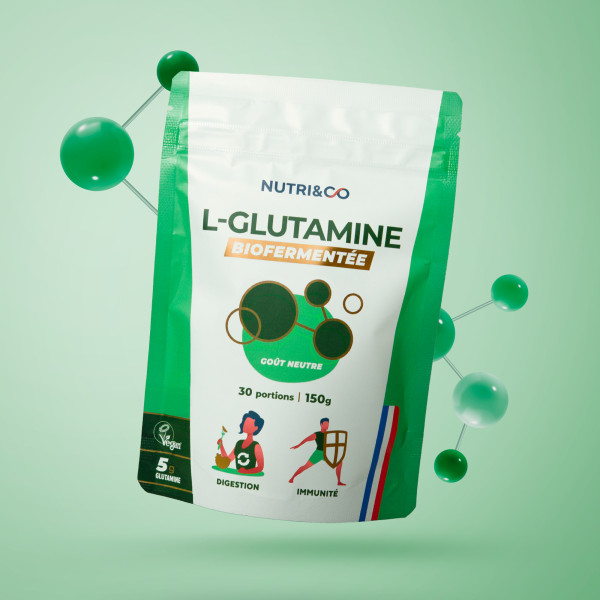
L-Glutamine
Price€14.90
21 avis
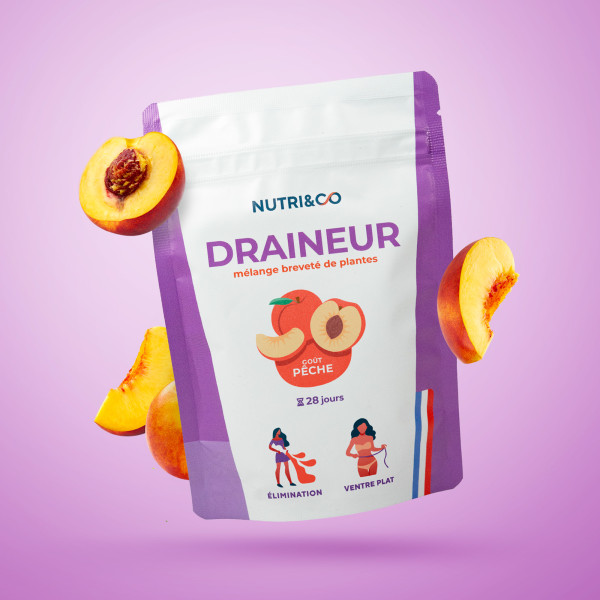
Draineur
Price€19.90
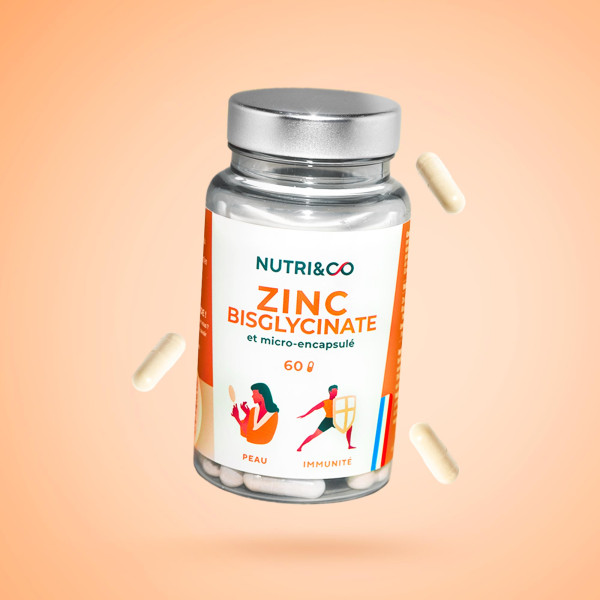
Skin & Immunity
Zinc bisglycinate
Price€12.90
174 avis
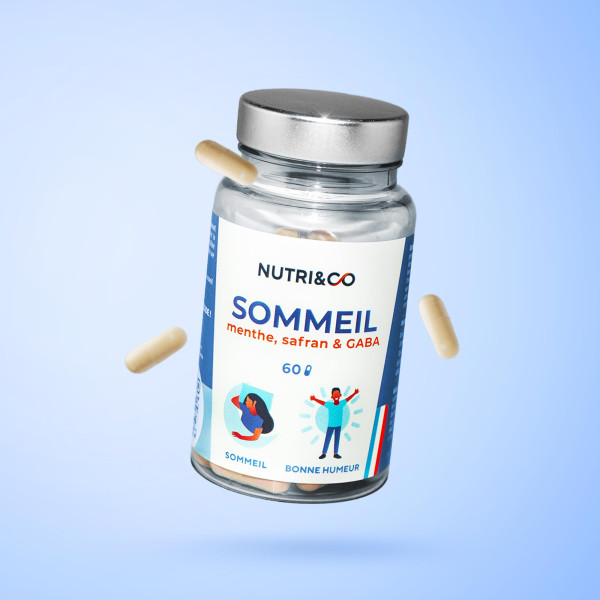
Sleep & Good mood
Sleep
Price€19.90
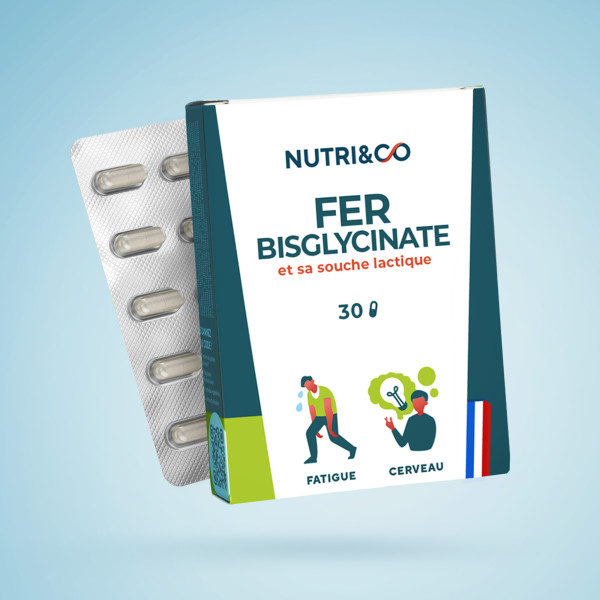
Pregnancy & Tired
Iron and Its Lactic Strain
Price€17.90
87 avis
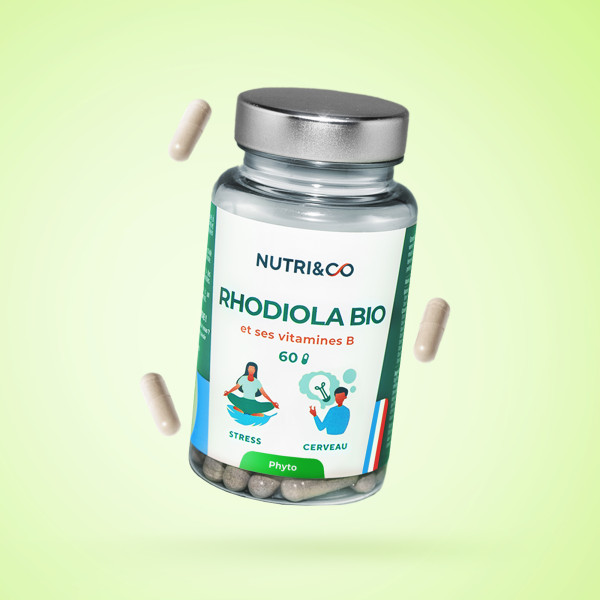
Focus & Stress
Organic Rhodiola
Price€19.90
50 avis
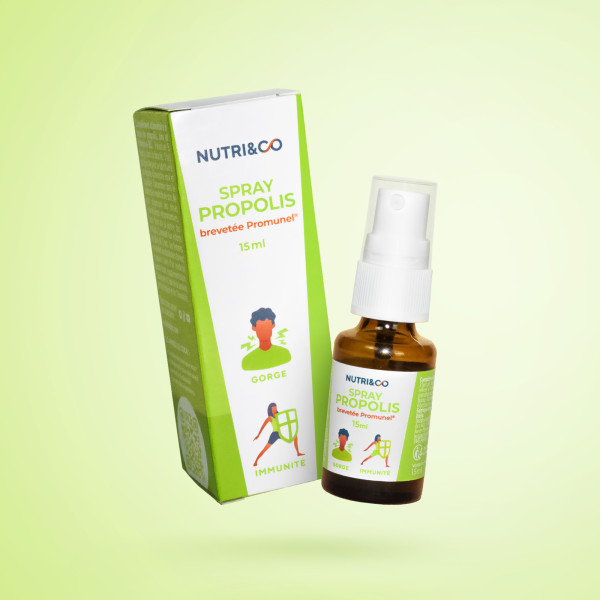
Spray PROPOLIS
Price€9.90
5 avis
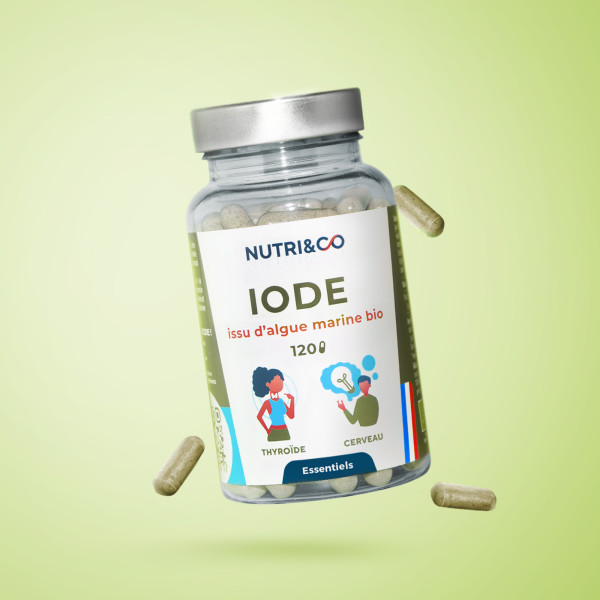
Iode
Price€14.90
12 avis
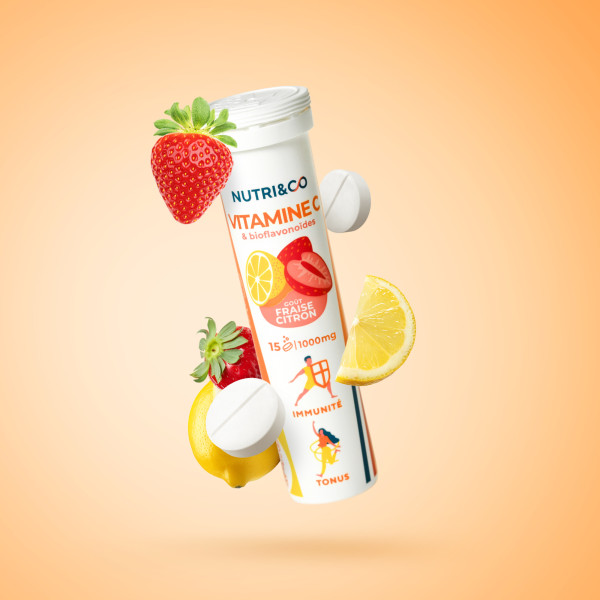
Vitamince C
Price€9.90
63 avis
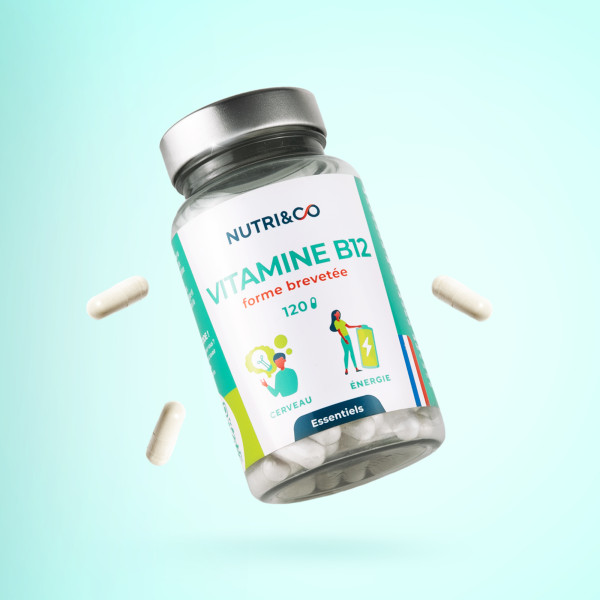
Brain & Energy
Vitamin B12
Price€19.90
63 avis
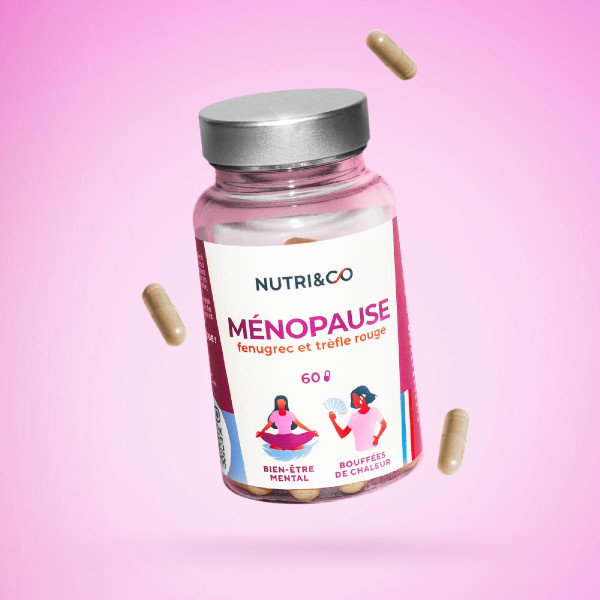
Ménopause
Price€29.90
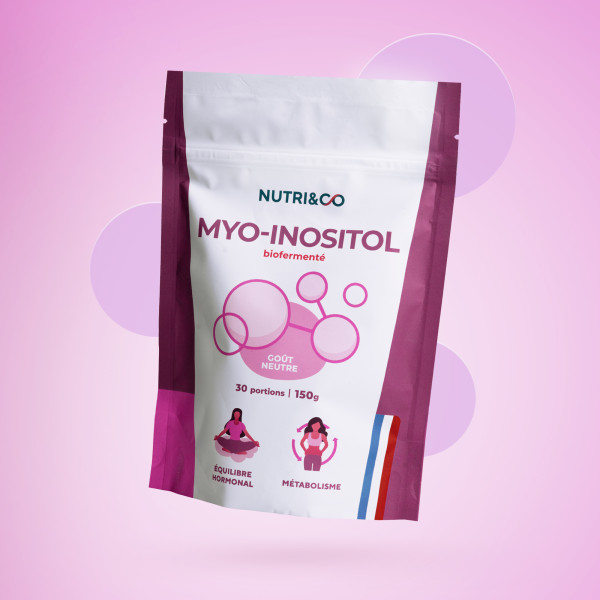
Skin & Immunity
Myo-Inositol
Price€19.90
1 avis
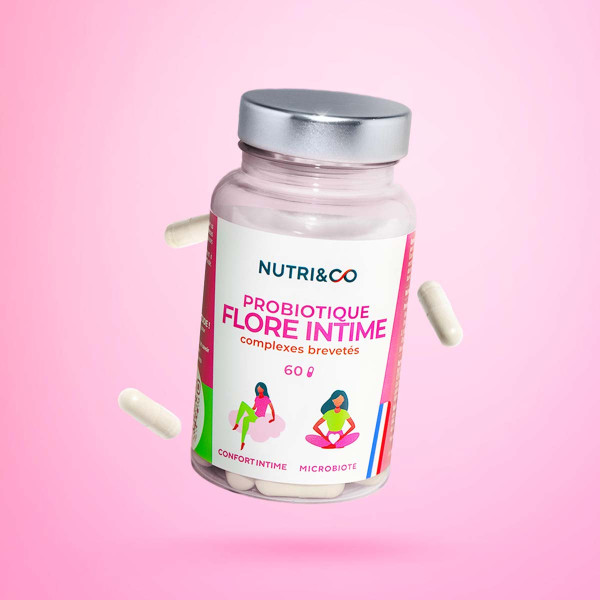
Probiotiques Flore Intime
Price€19.90
887 avis
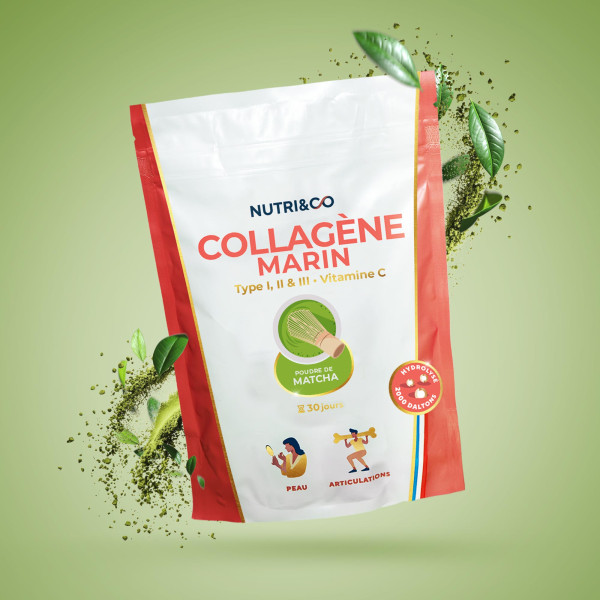
Collagène Matcha
Price€30.90
1810 avis
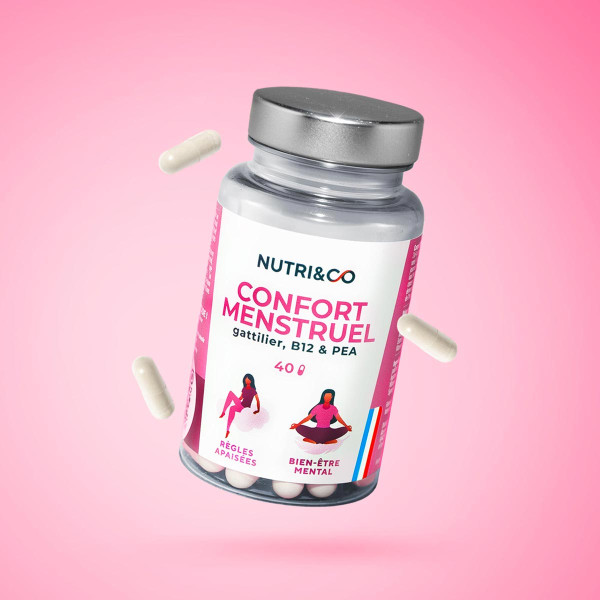
Cycle Comfort & Nervous System
Feminine
Price€19.90
28 avis

Stress & Microbiote
Probiotic Stress
Price€19.90
887 avis
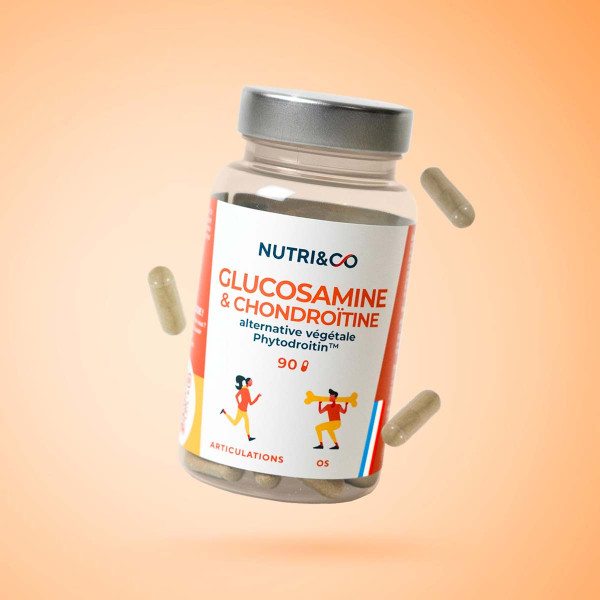
Glucosamine & Chondroïtine
Price€19.90
13 avis
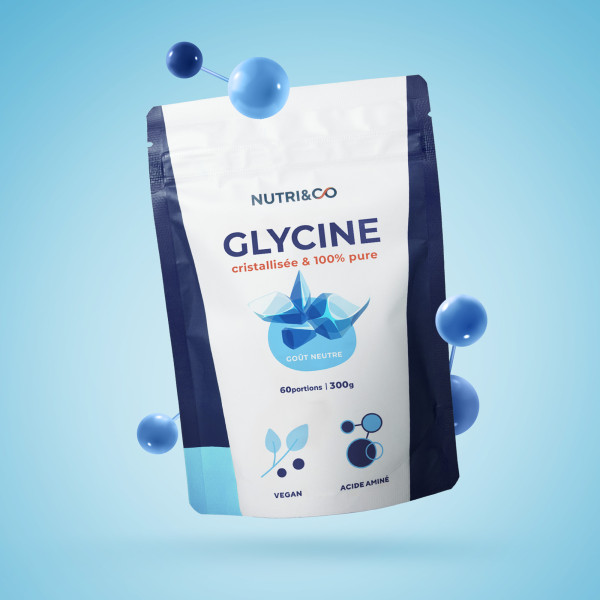
Glycine cristallisée
Price€14.90
35 avis

